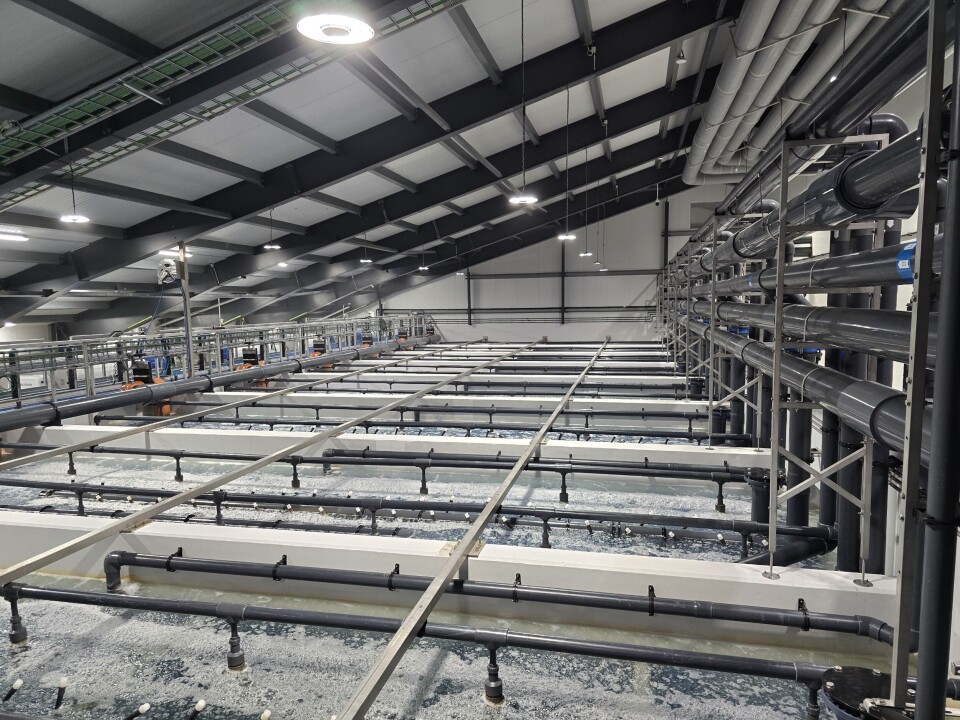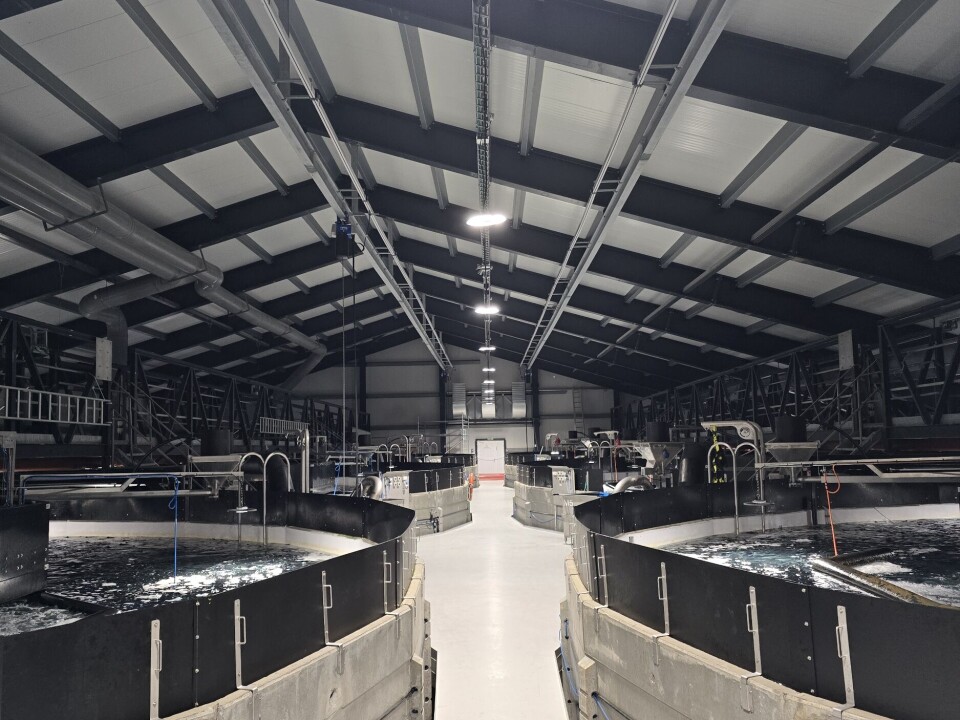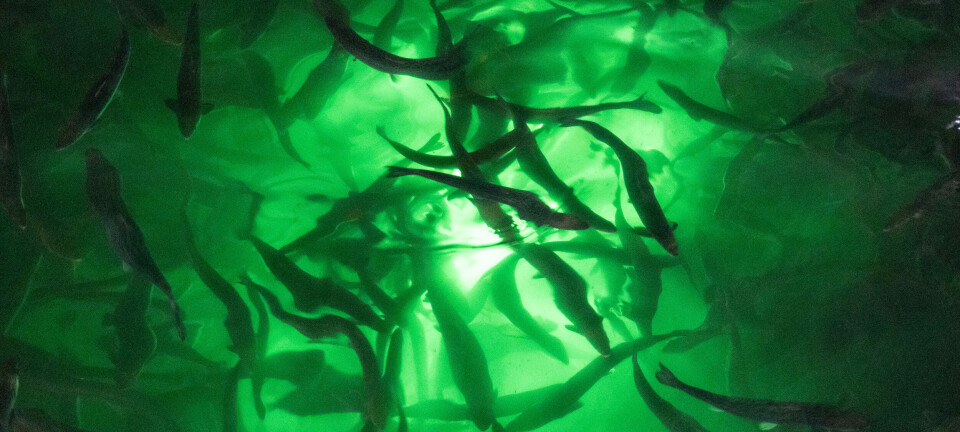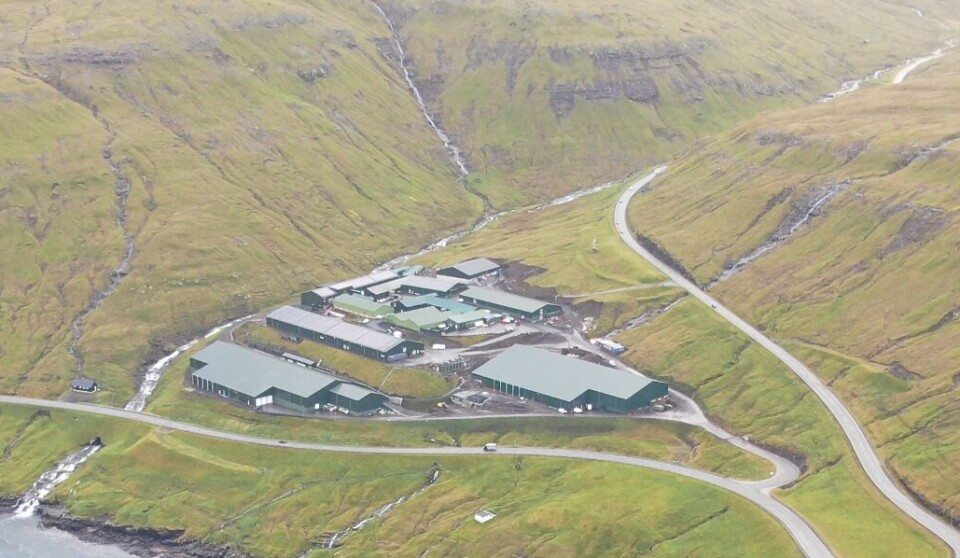
Cutting the salmon sea phase down to just 11 months
With larger smolts from new RAS departments at Fútakletti, Faroese producer Hiddenfjord is now close to reaching its goal of a shorter spell in the fjords
Hiddenfjord has in recent years built up its production philosophy of fewer fish, larger smolts and a shorter sea phase. This results in both larger fish when stocked at sea and a more predictable production plan, says chief executive Atli Gregersen.
"We have almost reached the size of the smolt we want, with an average of around 900 grams in the last releases. Some cages have fish of 1.1 kilograms, and we are working to increase the average weight to around one kilogram. The bottom is at 600–700 grams, while the top can go up to 1.3 kilograms," Gregersen tells LandbasedAQ.
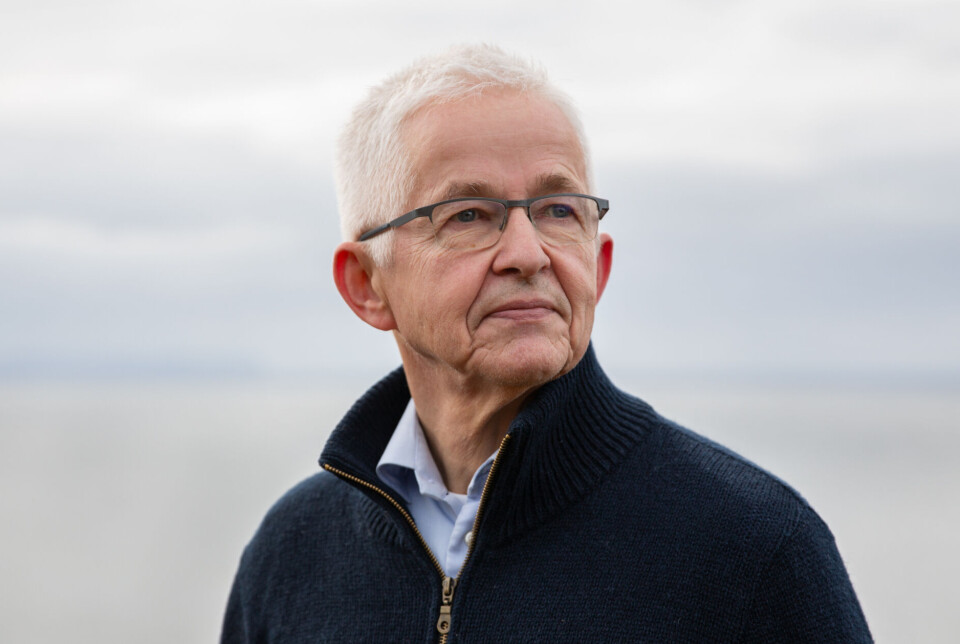
RAS at all levels
At Futakletti, around £26 million has been invested in new RAS departments, with tank volume increased by a third, from 18,000 to 24,000 cubic metres. In addition, the starter feeding department is being converted to RAS for around £5.8m. This will be ready next month.
"We have a completely new rhythm in production. When we stock fish every 11 weeks, it provides a smoother flow and better utilisation of capacity," explains Gregersen.
In the new section, the temperature is kept at a maximum of 10 degrees Celcius, with 12 degrees only during the initial feeding phase. Heavy ventilation ensures that carbon dioxide levels are kept low.
“Low temperatures provide better quality, but require a lot of energy for cooling. At the same time, we know that the combination of temperature control and low CO2 levels produces fish that grow well in the sea and maintain very high quality when harvested,” Gregersen points out.
High superior share
The combination of larger smolts and stable RAS operations has given the company clear results, which the Hiddenfjord CEO is very pleased with.
"We are consistently at over 90% superior fish, often around 95%. We have strict criteria for what we define as superior, and yet we stay at that level. We are proud of that," says Gregersen.
Efficient transport with long hoses
Hiddenfjord has also developed its own logistics for large smolts. The company uses specially designed tank trailers that pump the fish directly from the truck to the cage through hoses up to 2.5 kilometres (1.5 miles) long.
“After a month at sea, we have a mortality rate of as little as 0.2%. This shows that the system works very well,” says Gregersen.
He has previously pointed out that properly sized pipes, pumps and precision are crucial when moving smolt weighing up to 1.5 kilograms.
Processed products
In parallel with the optimisation of smolts and RAS facilities at Futakletti, Hiddenfjord is building an increasingly large part of its business around processed products. In particular, it is focusing on high-quality frozen fillets, which make it possible to reach markets further afield without using aircraft.
"We are already well established with fresh salmon to the US, but are now seeing increasing demand for frozen fillets in markets such as China, Korea, and Israel. We want to build on that development," says Gregersen.
The initiative is also linked to Hiddenfjord's decision to cut all air freight. All exports now take place by sea, which both reduces the climate footprint and places stricter demands on quality and logistics.
Gregersen points out that the part of production that goes into processed and frozen fillets has experienced strong growth in 2025, and that the company also sees opportunities in Europe, where customers demand stable deliveries with consistent quality.
